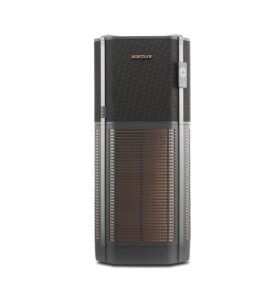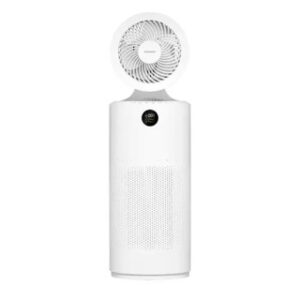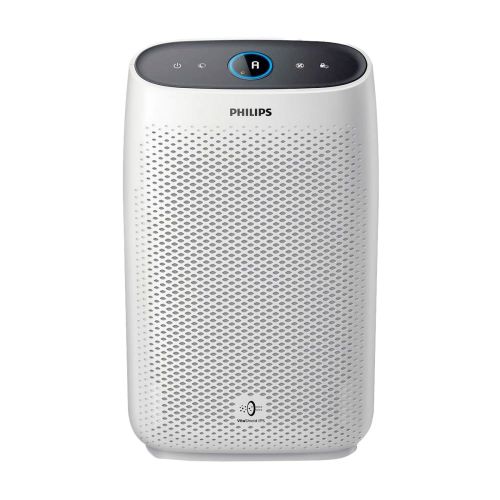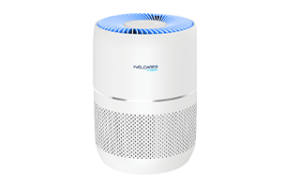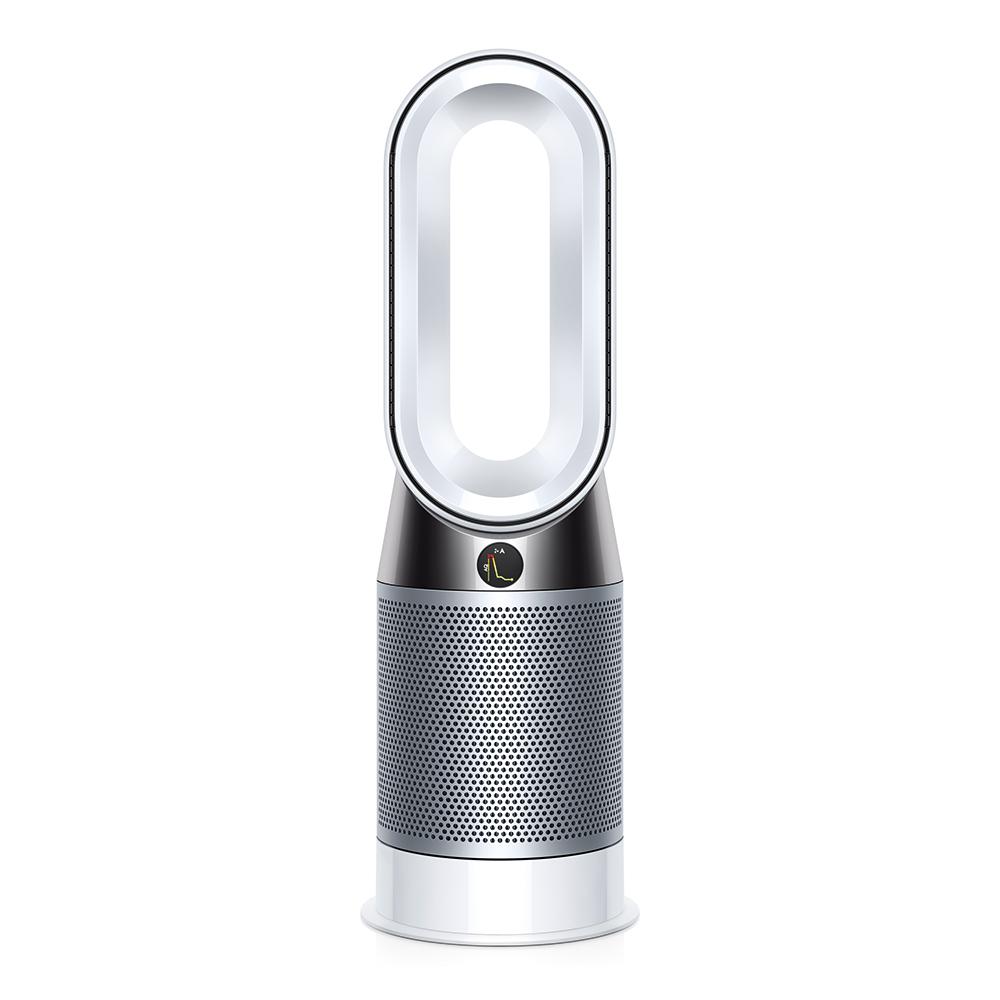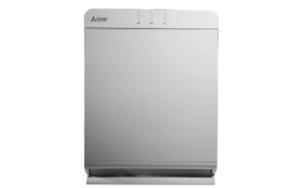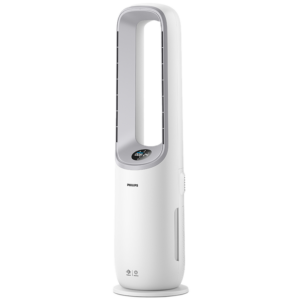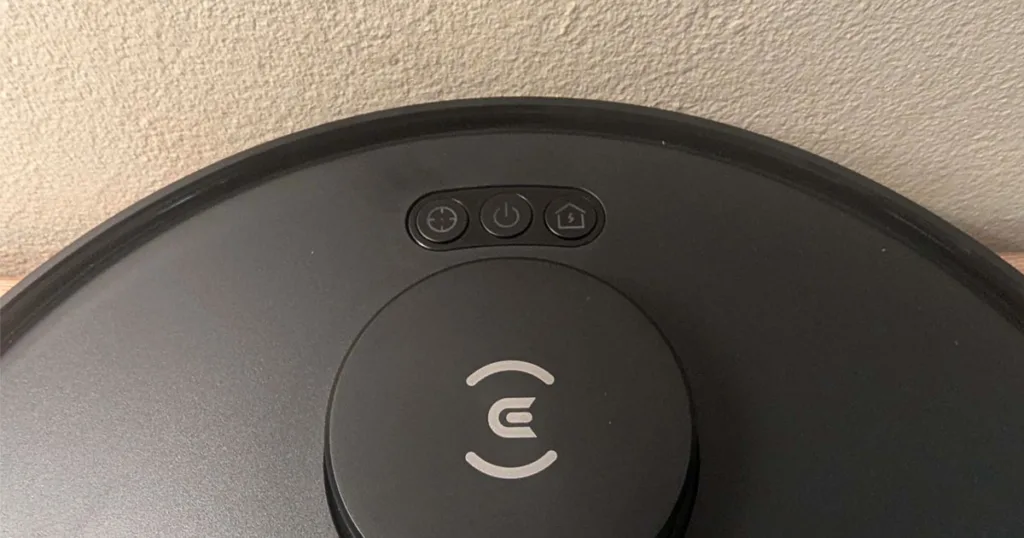Air purifiers work by drawing in the air from your home and passing it through various filters to remove contaminants. The most common filter you’ll hear about is the HEPA filter (which we’ll dive into more a bit later on), which is super efficient at capturing tiny PM2.5 particles like dust, pollen, mould spores and pet, erm, fluff. All the things that can trigger allergies and asthma.
If you’re dealing with odours, smoke, or chemical fumes, activated carbon filters are used because they trap these smells and gases, leaving your air smelling fresh and removing the offending parties.
Some air purifiers go a step further by using UV light or ionisers. UV light, (specifically UV-C) can kill bacteria, viruses, and other germs by damaging their DNA, making them harmless.
Ionisers, on the other hand, release negative ions that attach to airborne particles, making them heavy so they fall out of the air or stick to surfaces. It’s a different way of cleaning the air that works especially well for smaller particles.
These purifiers can be especially helpful if you have allergies, asthma, or just want to improve your indoor air quality. They’re great in homes with pets, smokers, or in cities with high pollution levels. While they’re not a complete set-and-forget (you still need to clean regularly and keep up with filter changes), they definitely make a noticeable difference. So, whether you’re aiming for fewer sniffles, less dust, or just fresher air, an air purifier can be a great addition to your space.




